1
Instructions for use - English
Pico Traditional Nasal Mask
Intended Use
This nasal mask is intended to provide an interface for application of CPAP or bi-level therapy to
patients. The mask is for single patient use in the home or multi-patient use in the hospital/institutional
environment. The mask is to be used on patients (>66lbs/30kg) for whom CPAP or bi-level therapy has
been prescribed.
Notes:
• Exhalation is built into this mask. A separate exhalation device is not required.
• This mask is not made with natural rubber latex or DEHP.
Caution: U.S. Federal law restricts this device to sale by or on the order of a physician.
Symbols
Warning or Caution
Note
Tip
Not Made with Natural Rubber Latex
X1
System One Resistance Control
Warnings
• This mask is not suitable for providing life support ventilation.
• Hand wash prior to use. Inspect the mask for damage or wear (cracking, crazing, tears, etc). Discard and
replace any components as necessary.
• Some users may experience skin redness, irritation, or discomfort. If this happens, discontinue use and
contact your healthcare professional.
• Consult a physician or dentist if you encounter tooth, gum, or jaw soreness. Use of a mask may
aggravate an existing dental condition.
• Consult a physician if you experience the following symptoms while using the mask or after removing
it: Drying of the eyes, eye pain, eye infections, or blurred vision. Consult an ophthalmologist if
symptoms persist.
• Do not block or seal off the exhalation ports.
• Do not overtighten the headgear straps. Watch for signs of overtightening, such as excessive redness,
sores, or bulging skin around the edges of the mask. Loosen the headgear straps to alleviate problems.
• This mask is designed for use with CPAP or bi-level systems recommended by your health care
professional or respiratory therapist. Do not wear this mask unless the CPAP or bi-level system is turned
on and operating properly. Do not block or try to seal the exhalation port. Explanation of the
Warning: CPAP systems are intended to be used with special masks with connectors which have
vent holes to allow continuous flow of air out of the mask. When the CPAP machine is turned on and
functioning properly, new air from the CPAP machine flushes the exhaled air out through the attached
mask exhalation port. However, when the CPAP machine is not operating, enough fresh air will not be
provided through the mask, and exhaled air may be rebreathed. This warning applies to most models
of CPAP systems.
• If oxygen is used with the device, the oxygen flow must be turned off when the device is not
operating. Explanation of the Warning: When the device is not in operation, and the oxygen flow
is left on, oxygen delivered into the ventilator tubing may accumulate within the device enclosure.
Oxygen accumulated in the device enclosure will create a risk of fire.
• At a fixed flow rate of supplemental oxygen flow, the inhaled oxygen concentration will vary,
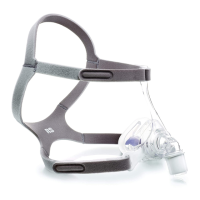

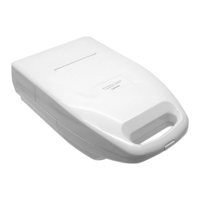


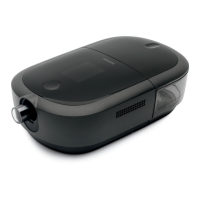
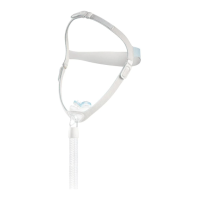
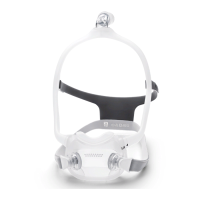
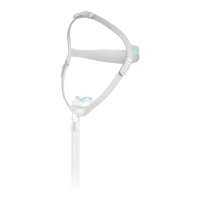
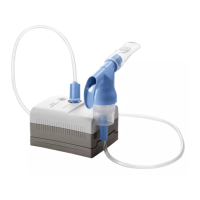
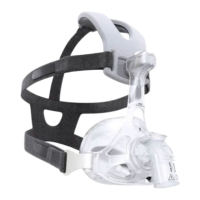
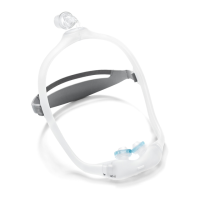
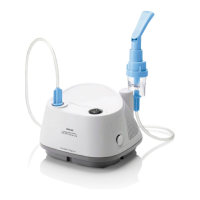
